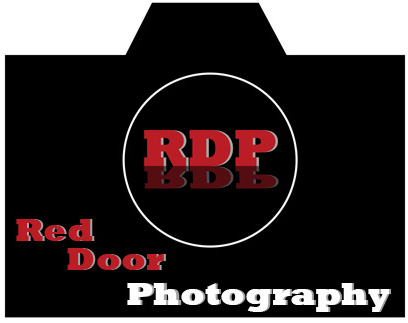
This is my Wife Dawn on her Birthday last year. The combination of the day at the spa, and having her makeup done professionally made it a whole lot easier to photograph her. I really love the way her skin looks so smooth, and the beautiful wood background that allows for good separation from her hair.
Today we're going to talk a little about flash control. It took me a long time to get my head wrapped around this concept. We are taught that shutter speed, aperture, and ISO are all parts of exposure. The setting of one, effects the setting of the other. If you lower your aperture, you raise your shutter speed and vice verse. Now throw all of that out the window when you talk about flash. The only thing that controls the flash is aperture. When you are trying to get the exposure right when using flash, you have to decide first what your cameras flash sync speed is. This is the highest shutter speed that the camera can sync with the flash. Most modern digital cameras sync at 1/250 of a sec. This is important because this is the shutter speed that you want to set if you want to use strictly flash for your image, and no ambient light. So to go about this you would set your camera to manual. Set your shutter speed to 1/250 of a second. Start your aperture at f/5.6 and take a test shot. Look at your histogram and see if the exposure is correct. With your flash set to TTL the flash will adjust the output to compensate to make the exposure correct. If by chance the ambient light is too bright for the flash to compensate, the highlights will be blown and you will see it on the histogram. If this happens, you will have to adjust your aperture. The higher the aperture, the less flash that is allowed in. Using the example talked about above, if the image is overexposed with the aperture set to f/5.6 you will have to move your aperture up to f/8. The higher the aperture, the less light allowed in.
Ok, so now you have the aperture set right, the image is exposed correctly, but the background just falls to black past the subject. What to do now? You have to let more ambient light in. The way to do this is to lower the shutter speed. You would go from 1/250 to 1/200. The slower the shutter speed, the more ambient light that will be allowed in. The best way to figure this all out is to try it. Set the shutter speed, set the aperture, and take a picture. Look at your histogram to see if the exposure is correct. Play with the settings, until you get the look you're after. I hope this helps you understand what goes into flash exposure. Have a good weekend. See you all Monday. Jason






No comments:
Post a Comment